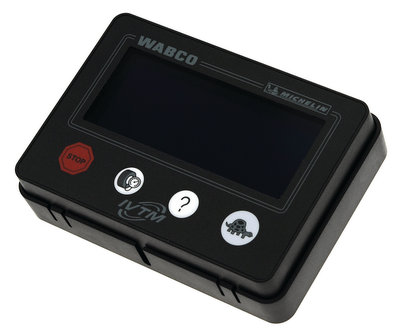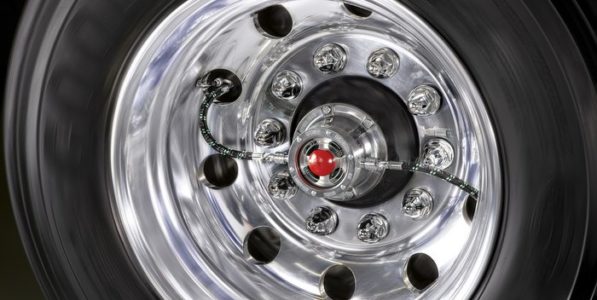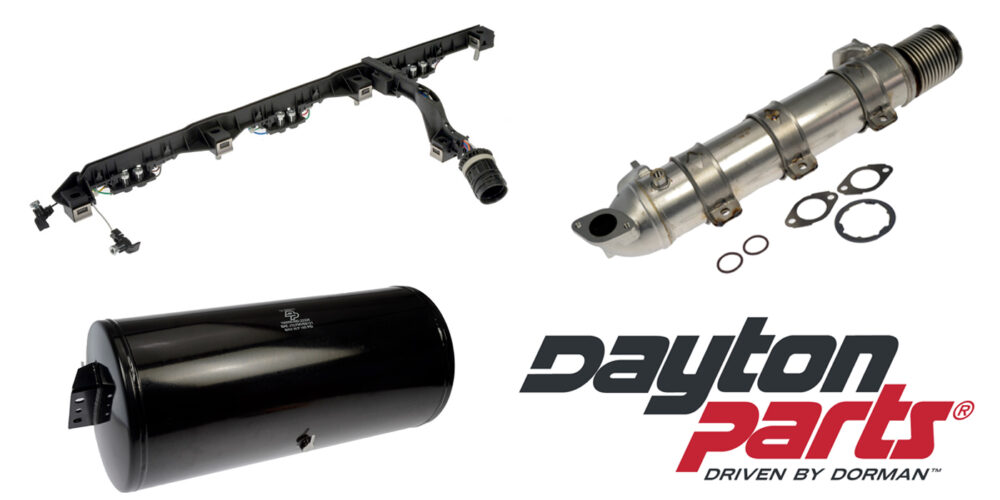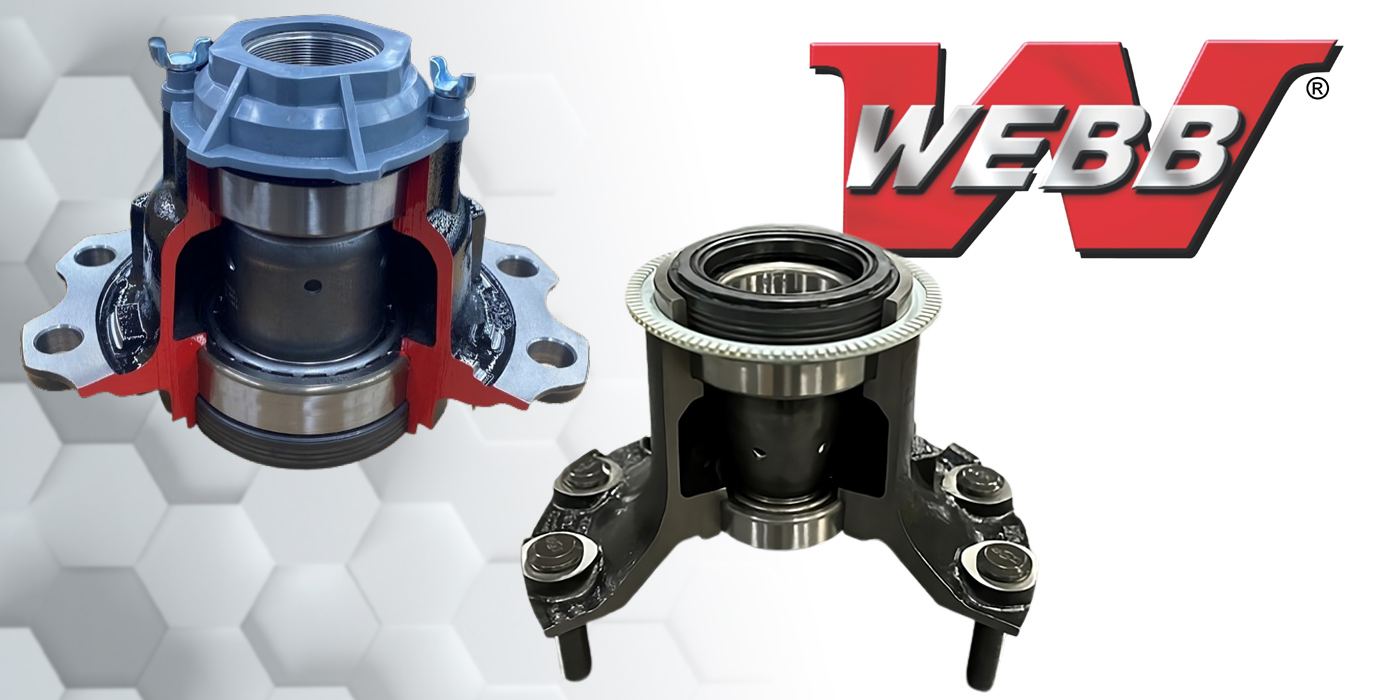Cohn thinks it could be less than a year, adding, “Tread wear and fuel economy are all improved with running tires properly inflated all the time. Tire related roadside service calls are significantly reduced by those fleets running ATIS on their trailers.
PressurePro’s Hargrave says, “We see an average ROI in about 10 months. That can lower to as little as eight months for heavier haulers and off-road trucking.”
Rothstein from Mobile Awareness adds, “A TPMS involves more user interaction, but may have a higher ROI if used with the proper tire maintenance plan. Increased tire life and improved fuel economy are the most obvious in regards to savings. The quickest ROI that will come from utilizing a TPMS is reducing roadside service calls and eliminating tire failures.”
Stemco’ Steph notes, “Both TPMS and TIS offer several financial drivers including fuel savings, reduced tire related road failures, extended tread wear, extended casing life and reduced vehicle downtime. If you keep your tires inflated, you should see savings in most if not all of these categories with fuel savings leading the pack.”
Conti’s Chmiel agrees, “The ROI on these system is quite quick. The benefits a fleet will see are numerous. Continental has shown that a fleet running 10 PSI under inflated will see at least a 1% impact on their fuel efficiency. This under inflation will also speed up tire wear forcing premature replacement of tires. Low inflation causes faster and higher heat buildup in tires that will ultimately have an effect on casing integrity and retreadability.”
Know your goals
When it comes to determining ROI, Andersky says “Know your tire management goals, and choose the solution that best meets them. A fleet aiming to reduce service calls and severe blowouts may need a different solution than one aiming to stretch its long-term fuel efficiency and tread life. In our experience, most fleets see a payback in less than two years if they actively use these systems.”
Tire data costing
 Ideally, fleets would track tire cost per mile closely to understand the potential benefits of changes to their tire program. Aperis’ Carter notes, “Often times, fleets do not have a steady tire CPM to use as a baseline. In that case, an assessment of blowout frequency and severity of irregular wear, along with a large tire pressure yard check survey would be great exercises to go through to understand the impact of improper inflation.”
Ideally, fleets would track tire cost per mile closely to understand the potential benefits of changes to their tire program. Aperis’ Carter notes, “Often times, fleets do not have a steady tire CPM to use as a baseline. In that case, an assessment of blowout frequency and severity of irregular wear, along with a large tire pressure yard check survey would be great exercises to go through to understand the impact of improper inflation.”
He contends that the more consistent a tire’s use (routes, loads, regions, etc), the better that tire’s performance will generally be. Additionally, the more frequent tire pressures are inspected and topped-off, the better fleets’ tire performance will be. In nearly all use cases, however, there’s a limit to the performance fleets can achieve when tire pressure is managed manually. To take their tire programs from good to great, most fleets would need to get much more sophisticated to account for ambient temperature affects on tire pressure, gage inaccuracy, human error, tire heating throughout the day and during operation, etc.
Calculating the ROI for an automatic tire inflation technology starts with an assessment of a fleets’ tire pressure maintenance program and the impact of downtime due to on-road tire failure. When putting pen to paper, an ROI calculation would typically focus on the cost impact in three areas—MPG, tire life, blowouts/downtime. Fleets can reference the numerous studies done to correlate severity of under-inflation to a percentage reduction in MPG and tire life; these graphs are readily available. Easier yet, several suppliers have simplified this chore by creating customizable ROI calculators, though be sure to compute a full fleet-wide ROI as some only calculate the ROI for a single tractor-trailer.
Tractor pressure
Tractor TPMS systems are just around the corner with both Dana and Meritor planning tractor-based systems. Dana has reported that only 44% of all tires on commercial vehicles are within ± 0.3 bar of target pressure, and under-inflated tires decrease fuel economy. Dana’s upcoming tire pressure management technology can improve fuel economy by 1%, according to the company, by making periodic checks to ensure that each tire is properly inflated to a pressure equalized with the other tires on the tractor. The technology for line-haul vehicles will automatically initiate periodic system and pressure checks while driving. As needed, it will inflate tires to the optimum pressure and can equalize pressure in all tractor tires, minimizing tire dragging and premature wear. A closed design isolates the tires, preventing a hose failure or tire puncture from affecting the other tires.













